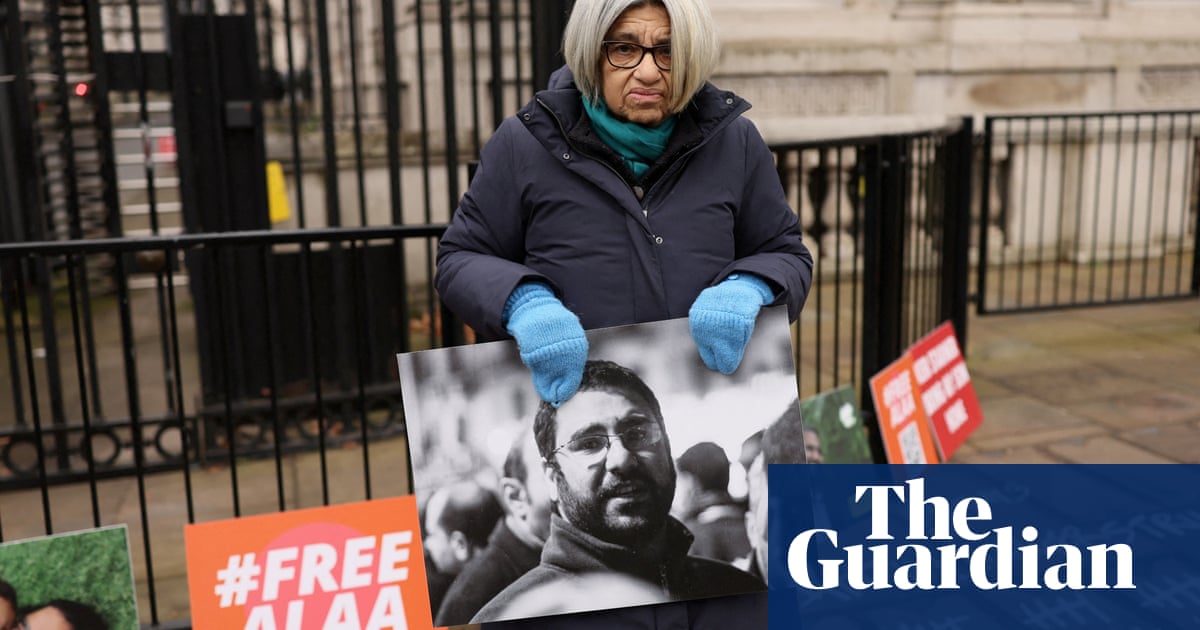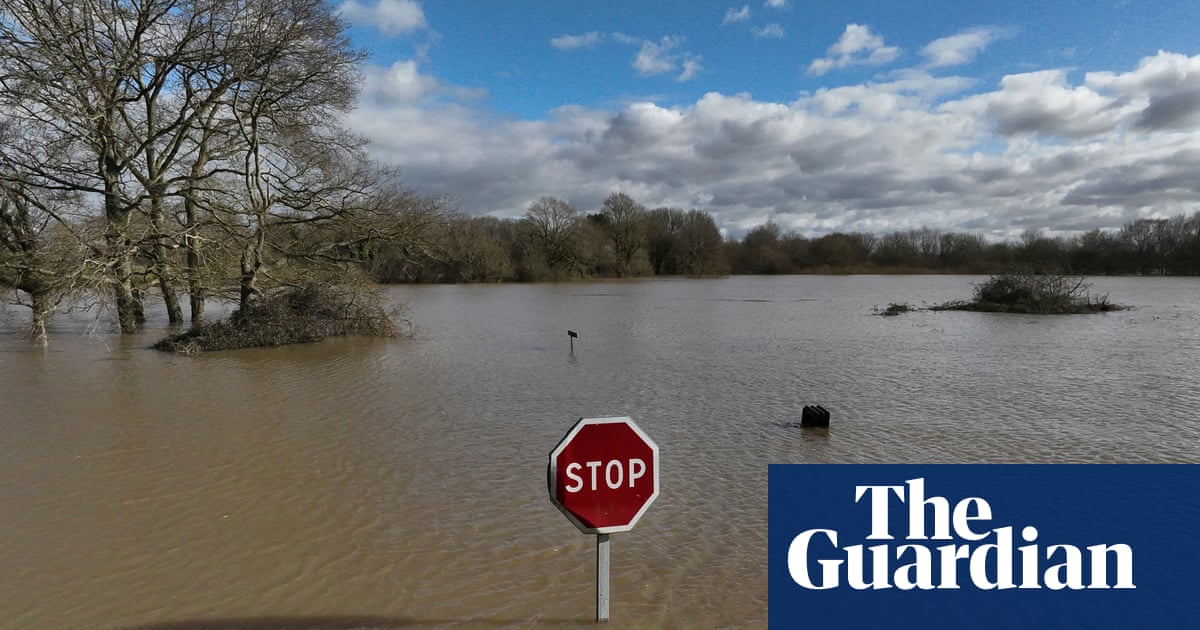CNN
—
While Robert F. Kennedy Jr., President Donald Trump’s pick to lead the US Department of Health and Human Services, has backpedaled on his anti-vaccine rhetoric during his Senate confirmation hearings, he has a long history of vaccine skepticism. As he is poised for a full Senate vote in the days to come, CNN looked at the origins and prevention effectiveness for just one of the vaccines that Kennedy has repeatedly questioned in the past: the polio vaccine.
Kennedy, the son of former US attorney general, senator and presidential candidate Robert F. Kennedy, has written multiple anti-vaccine books, lobbied Congress to give parents exemptions from vaccinating their children and made widely reported, unsubstantiated claims over the past 20 years that vaccines are inadequately tested, including suggesting that polio vaccines increase susceptibility to future polio cases. He has, however, recently told a crowd of reporters that he was “all for” the polio vaccine and downplayed his anti-vaccine record to senators this week.
Here is what we know about polio as a disease, its vaccines and the likely number of lives saved through inoculation.
In its early stages, poliomyelitis — known as polio — causes fatigue, headaches, stiffness and limb pain after exposure to the poliovirus, according to the World Health Organization, or WHO. One in 200 infections leads to paralysis, and around 5% to 10% of paralyzed patients die when their breathing muscles become immobilized. The disease mainly affects children under 5 years old, but anyone who is unvaccinated is susceptible if exposed.
In the 19th and 20th centuries, frequent polio outbreaks made it one of the most feared diseases in the US, with the biggest outbreak killing more than 3,000 people in 1952, according to US public health data.
“So long as polio is still present in the world, the benefits of protecting children against paralysis far exceed any risks of this highly effective vaccine, particularly for the inactivated polio vaccine used in the US,” said Dr. Jesse L. Goodman, professor of infectious diseases at Georgetown University, in an email to CNN last month. Unvaccinated children are “at potential risk of exposure and the potential for paralytic polio,” he continued.
Here’s a look at the disease’s trend over the past 100 years or so:
The first polio vaccine was developed in the early 1950s by Dr. Jonas Salk and approved for use throughout the US in 1955. It is an injectable, inactivated polio vaccine that is still used in some countries today.
In the late 1950s and early 1960s, Dr. Albert Sabin developed a second, oral vaccine, and it was introduced as part of a vaccine schedule in the US in 1961. It was so cost-effective and easy to administer that it rapidly became the most common polio vaccine for national immunization programs around the world. While it’s not used in the US anymore, it is especially effective for use in developing countries.
Here are the differences between the two most commonly available polio prevention options:
Polio vaccines have helped eradicate the wild form of the disease in many regions of the world, including the Americas, Europe, Southeast Asia and Africa, according to WHO. The former Czechoslovakia was the first country to demonstrate that nationwide eradication of wild poliovirus was possible in 1960, due to a robust vaccination campaign in which about 93% of children received the oral vaccine. Wild poliovirus is still endemic in some areas, including Afghanistan and Pakistan.
The polio vaccines prevented 29 million cases of paralytic polio between 1960 and 2021, compared with a counterfactual world with no vaccines, according to researchers’ estimates.
Broadening out to look at all vaccines, a landmark May 2024 study led by WHO estimated that 154 million lives had been saved by immunization programs covering diseases including smallpox, tuberculosis, measles and polio over the past 50 years, including 101 million infants.
After a contentious few days of hearings in front of two Senate committees, Kennedy’s nomination could see a full vote on the Senate floor soon. If all Senate Democrats vote against his confirmation as HHS secretary, he can afford to lose only three Republican votes. Former Republican leader Sen. Mitch McConnell, of Kentucky, is a polio survivor who seemed to warn Kennedy away from the polio issue last year: “The polio vaccine has saved millions of lives and held out the promise of eradicating a terrible disease,” he said in a statement.
“Efforts to undermine public confidence in proven cures are not just uninformed – they’re dangerous. Anyone seeking the Senate’s consent to serve in the incoming Administration would do well to steer clear of even the appearance of association with such efforts,” McConnell said.
CNN’s Em Steck and Winter Hawk contributed to this report.
Article by:Source:












